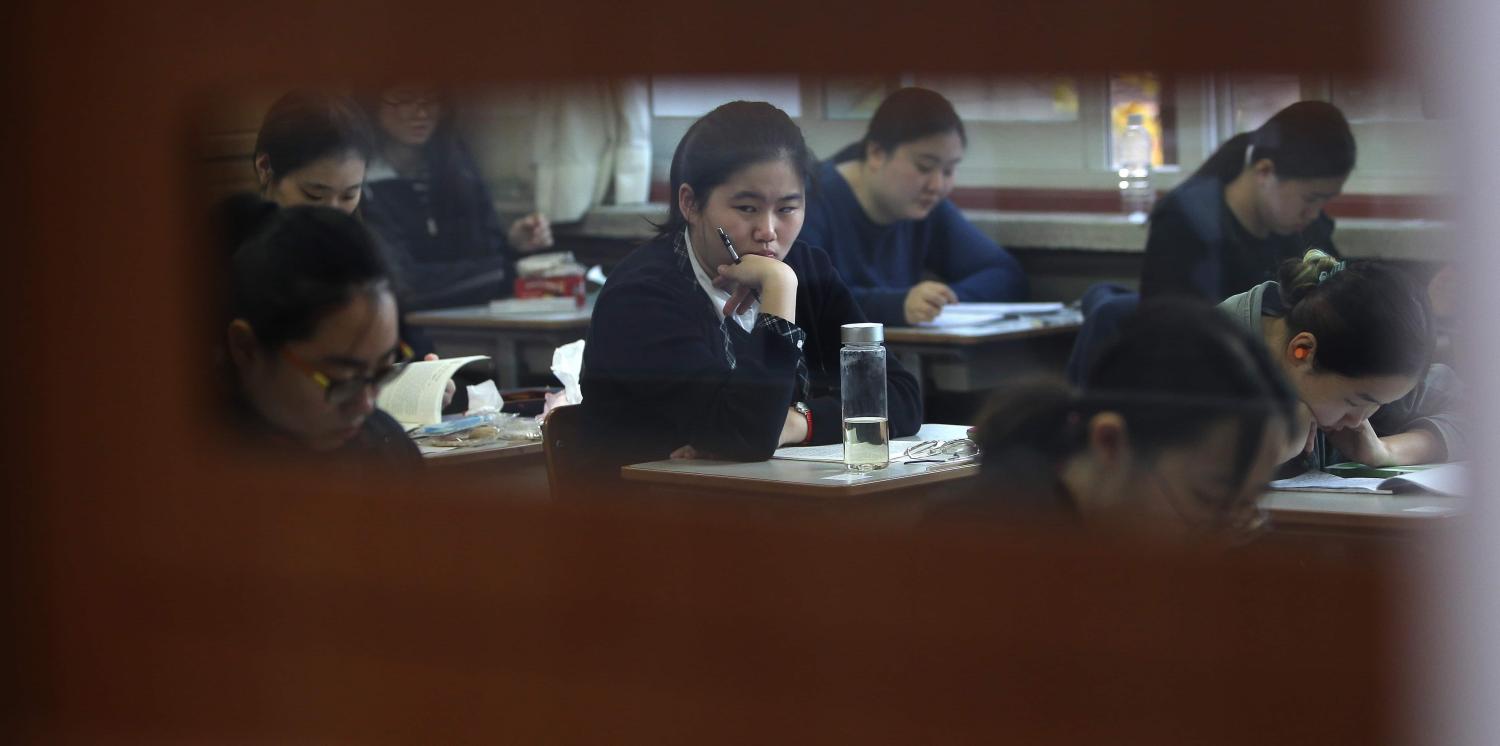Once again East Asian countries have dominated the global education tables. In recent weeks, both the Trends in Mathematics and Science Study (TIMSS) and the OECD’s Programme for International Student Assessment (PISA) published their rankings of education systems worldwide based on students’ skills and knowledge. Singapore, Hong Kong, South Korea, Japan, and Taiwan secured the top places across the board, with the city-state claiming first place in both instances.
So what lies behind East Asia’s success? Many countries in the region place significant cultural emphasis on education; this is reflected in the willingness of students to famously dedicate longer hours to extra schoolwork and tutoring, while parents are willing to spend more on their child’s education.
But to say these countries are living in ‘edutopia’ is to miss the point. While the rankings are commendable, critics often point out the weaknesses of the standardised testing on which TIMSS and PISA scoring is based; according to this line of argument, the tests measure students’ aptitude to take tests, rather than academic aptitude. To some, Singapore and its peers are mere beacons of rote learning. Additionally, the results may reflect a country’s superficial desire to perform well in the rankings, rather than a commitment to improving national standards of education.
Nevertheless, since being launched in 1995 and 2000 respectively, TIMSS and PISA have gained notable traction in global media. While recent coverage has been singing praise for East Asia, Australian journalists have been preoccupied writing headlines such as ‘Why Australia's PISA results are a catastrophe’ in light of its falling rankings.
This trumpeting of rankings hasn’t gone unnoticed. Policymakers have begun to watch the triennial release of results with growing trepidation. It’s no longer about having the best education system in absolute terms, but rather having the better education system in relative terms. In other words, a gain for Singapore is a loss for everyone else. While on a national level education is treated as a positive sum game (where the aim is to bring all students up to a certain level), on the international level it has become zero-sum. And so the real success story lies less in the test scores and more in the soft power that accompanies them. Education has become East Asia’s flagship product and the latest tool in a state’s soft-power toolkit.
Yet one striking trend in the rankings is less commonly contemplated: within Asia there is a prevalence for smaller countries and territories to top the list. Singapore is a city-state of around 5.7 million people, dwarfed by neighbouring Indonesia and Malaysia. Similarly, Taiwan and South Korea lurk in China’s ever-expanding shadow. It is worth considering whether the educational arms race we are witnessing in Asia is driven to an extent by neighbourhood geopolitics.
Small neighbours must rely on an educated workforce if they hope to maintain and grow economies that are more sophisticated than their larger counterparts. When a territory is overshadowed by a country in other measures of geopolitical competition (landmass, natural resources, and population) human capital becomes the primary source of national power.
Furthermore, smaller geographies have proven they can use size to their advantage. When it comes to implementing education reforms, smaller is better; it tends to be easier to centralise control over education policy, cherry-pick successful policies and roll them out with relative ease. Small-neighbour status might just be the silver bullet for education that policymakers have been scrambling to put their finger on since the test results were published.
Whatever the reasons for Asia’s education success story, the global effects are tangible. Where until now knowledge transfers on teaching methods typically flowed from West to East, recent years have shown a reversal of this trend. British schools are looking to Asia’s well-reputed methods for teaching mathematics, while teachers are being flown over in hopes of raising the United Kingdom’s rankings. Similarly, if a budding expat with school-aged children were to seek advice from HSBC’s Expat Explorer, they would find Singapore at the top of the list for two years running.
There is a curiosity-piquing logic in the notion that education is an effective way for a small neighbour to punch above its weight internationally. If this is the case, perhaps these rankings are more than an over-mediatised tally of memorisation skills; they may be telling us something profound about the changing distribution of power in Asia.

